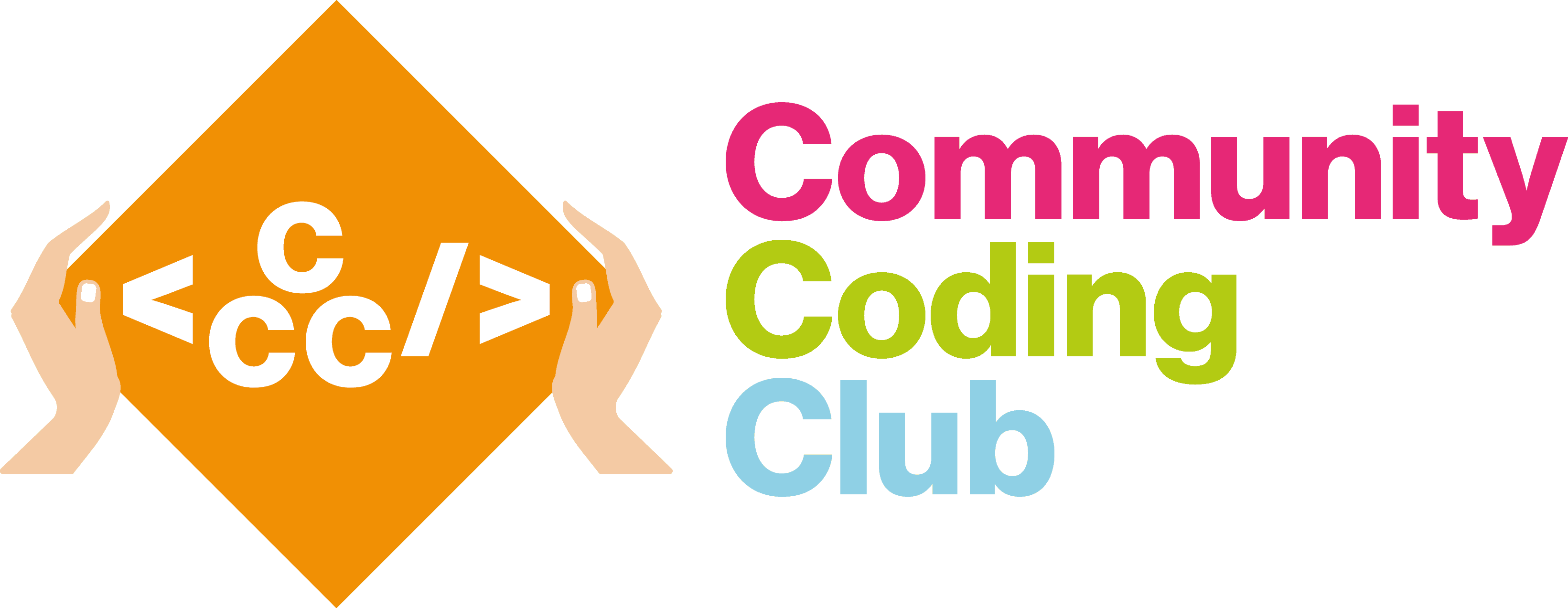Digital Skills Apprenticeships
Industry Specialist Trainers
0333 4444 227
hello@commun-it.org.uk
Browse Our Level 4 Apprenticeship Courses
All our courses start at various points throughout the year. Our aim is to start the process of onboarding the learner at the start of a month.
To register your interest for one of the courses below to receive a notification when the next cohort starts for it, please subscribe below.
The Top 3 Level 4 Courses at Present
IS Business Analyst
-
Remove the risk of inaccurate requirements, and considerably mitigate the risk of incomplete requirements for the development of all aspects of solutions, computerized or not.
-
Improve user involvement by defining why and how they are going to participate in the context and scope of the solution.
-
Create Realistic Expectations that are specific, measurable, achievable, and relevant to the business owners of the project.
Digital Community Manager
-
Develop a relationship with other brands and partner with them.
-
Get valuable, raw product feedback and improve your product/service and exceed your customer’s expectations.
-
Turn customers into loyal fans and watch your retention numbers grow by the day.
Cyber Security Technologist
-
Protect networks and data from unauthorized access and build your reputation amongst your customers.
-
Faster recovery times in the event of a breach.
-
Improved stakeholder confidence in your information security arrangements.
We can deliver Onsite or Remotely online no matter where your learner is, whether at home or in the office.

Cyber Intrusion Analyst

Cyber Security Technologist

Data Analyst

Digital Community Manager

IS Business Analyst

Network Engineer

Software Developer

Software Tester

Unified Communications Troubleshooter
Frequently Asked Questions
For your off-the-job training with your training provider, you will be assigned to a trainer for your course. They will sometimes train you in a group class and sometimes directly. They can also observe you at work and attend meetings with your employer. They will also receive support from other staff at Commun-IT to help you. Specialist modules in your training might be delivered by a different trainer too.
For your on-the-job training, you can ask your workplace to provide a mentor for you. This does not have to be your manager. A mentor can support and guide you. However, your manager may also perform this duty. Your employer may make other training arrangements for you that are necessary for your role such as First Aid.
The gov.uk website displays the National Minimum Wage for Apprentices as £4.30 per hour as of April 2021, for the first year of employment.
The apprentice wage makes it possible for employers to still give paid job opportunities to unqualified staff. The employer does however, undertake a commitment to spend their own time and resource (both do cost the employer money) to help you get qualified and pass your course.
In your own career development, it is important to gain an understanding of your value as an employee. You must learn to record your results (deliverables) and achievements both quantitatively and qualitatively, as they serve a basis for negotiating your pay and the opportunities made available to you.
If you really are motivated to reach your peak performance, read our article on “Intrapreneurship”.
Apprenticeship Standards may have knowledge exams. In those cases, you receive a certificate per exam and they are normally booked in after your studies for the respective exam are complete.
The application of your knowledge and skills is primarily recorded by your work output from assignments that your trainer sets, and your tasks in the workplace. There is typically a desired format in which you should present your work, which collectively is called your portfolio. It should contain evidence of you having covered every aspect of your apprenticeship standard.
It can be difficult to prove your behaviour standards yourself, therefore your trainer and your employer will observe you, write witness statements, references and perhaps other documents to give your Assessor evidence of these things.
Finally, the Assessor will observe you at work and also interview you.
In some courses, a synoptic project is required. This is a project that you are given to complete under exam conditions, but it is ‘open book’. You are able to look at your previous work and use the internet.
The assessment comes at the end of an apprenticeship and is called an End Point Assessment (EPA). Your employer must decide that you are ready for it before the training provider can enter you. If a portfolio is required, this must also be completed before you are entered or within a limited time frame afterwards (but before your final assessment).
The key to career progress has not changed. You must excel first in your job role so that you can move onto adding even more value in your organisation. The apprenticeship format ensures all your achievements and wins are celebrated and recognised, but it is up to you to make them happen. You should always actively seek out what results are expected from you at work and deliver them. You can read more in our guide on how to build a strong work ethic.
As an apprentice, you receive an increased amount of support with your career aims from Commun-IT, the training provider. You can speak to us about your goals, you can raise concerns, you can ask for assistance and guidance and most importantly, you can learn how to overcome any obstacle in the workplace or in your personal life. A job with no setbacks is a great place to be.
Apprenticeship Standards have been designed collaboratively by training providers and employers. They are focused on a set of job roles, all of which require the knowledge, skills and behaviours that the apprenticeship training delivers or prepares you for.
If you answer yes to the below two questions for any particular apprenticeship standard, then you should consider it:
- Do I want to do this job and progress in this line of work?
- Do I want to learn these knowledge, skills and behaviours?
- You can work, learn and earn, all at the same time. It does not get better than that when it comes to developing yourself in all areas whilst affording sustenance and a social life.
- You have two expert sources of knowledge. The workplace gives you the real world hands-on view of what that job is like to do and how to be the best. The training provider makes sure you are equipped to grow your knowledge and skills by yourself by understanding the academic basis for everything you are expected to do. Both places also provide additional support and guidance for your personal and career development. Therefore, an apprenticeship is like a launchpad for your future.
- An apprenticeship has flexibility. You can arrange the sort of training schedule that helps you do well, by agreeing this up front with your employer. They will represent your preferences when they discuss their own preferences with us. You might before to train just a few hours a day rather than a full day for example, so that you get to work everyday too. Much is possible.
- You can make a lot of friends and build your professional network so that in future, they can connect you with other opportunities. You should aim to earn everyone’s respect and be seen as a genuine worker and team member – you should not be expecting any special treatment, but rather aim to get a proper and real experience of the job. A real experience is what other academic based courses in university for instance, often cannot give you.
Explore One of our Courses or
Sign Up to get Access to our Hot Tips Newsletter




© Fresh Commun-IT Limited is a company registered in England and Wales with company number 09378225


